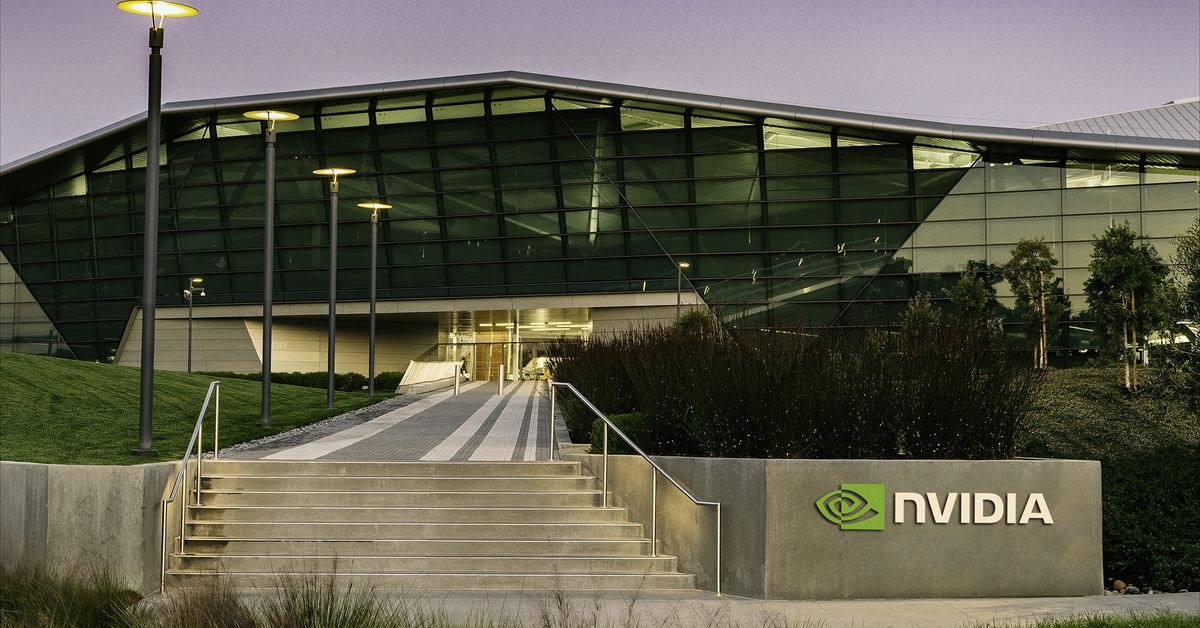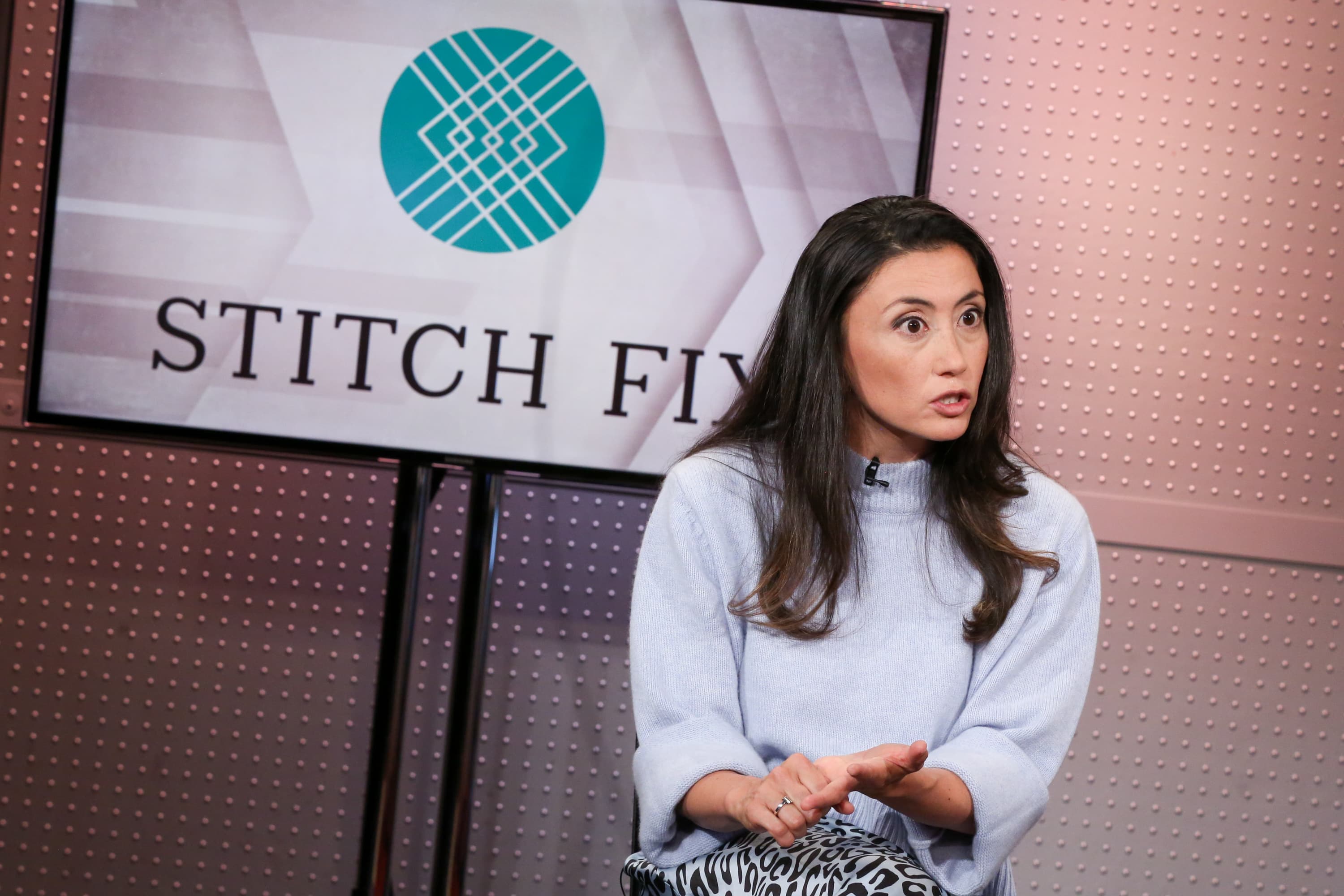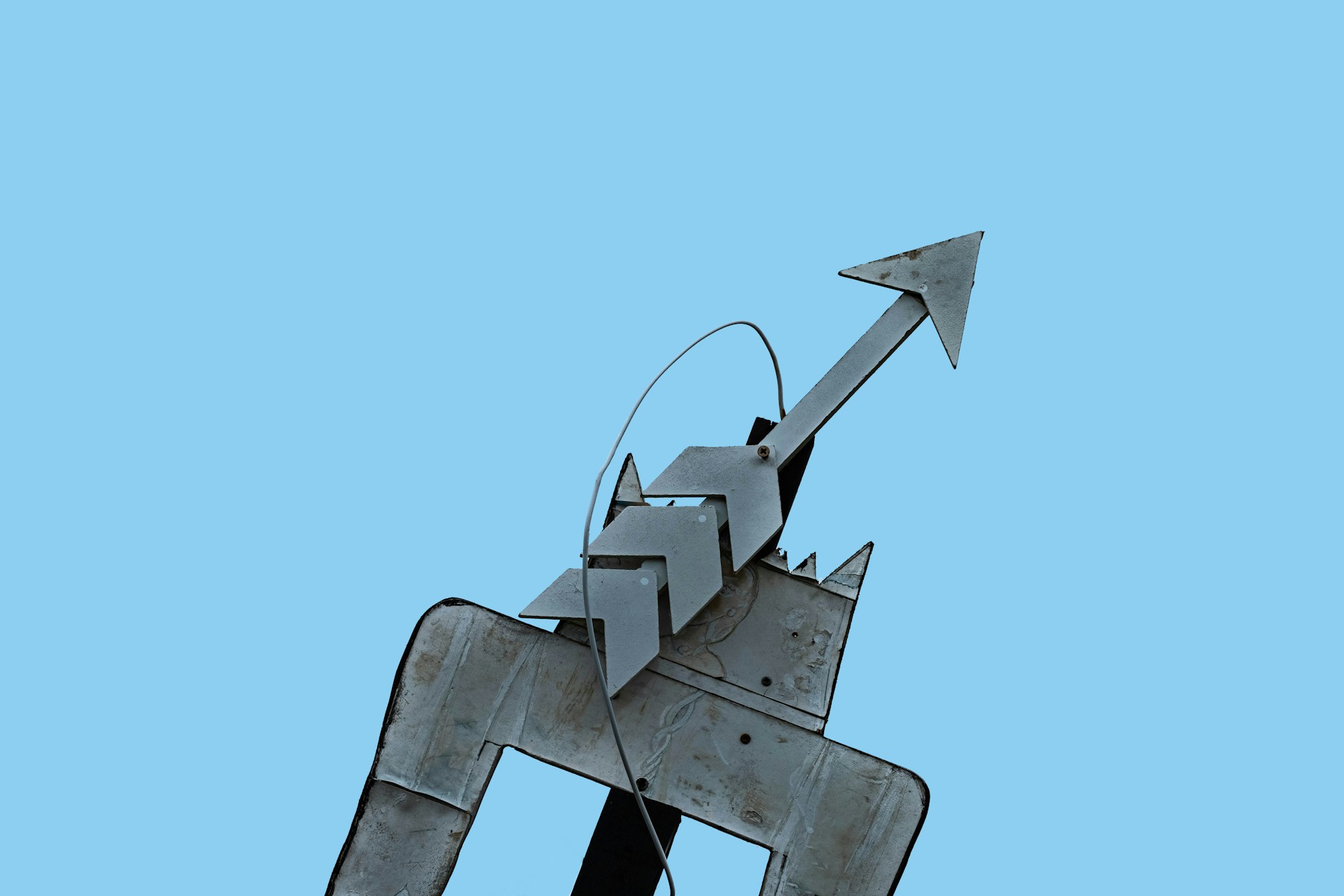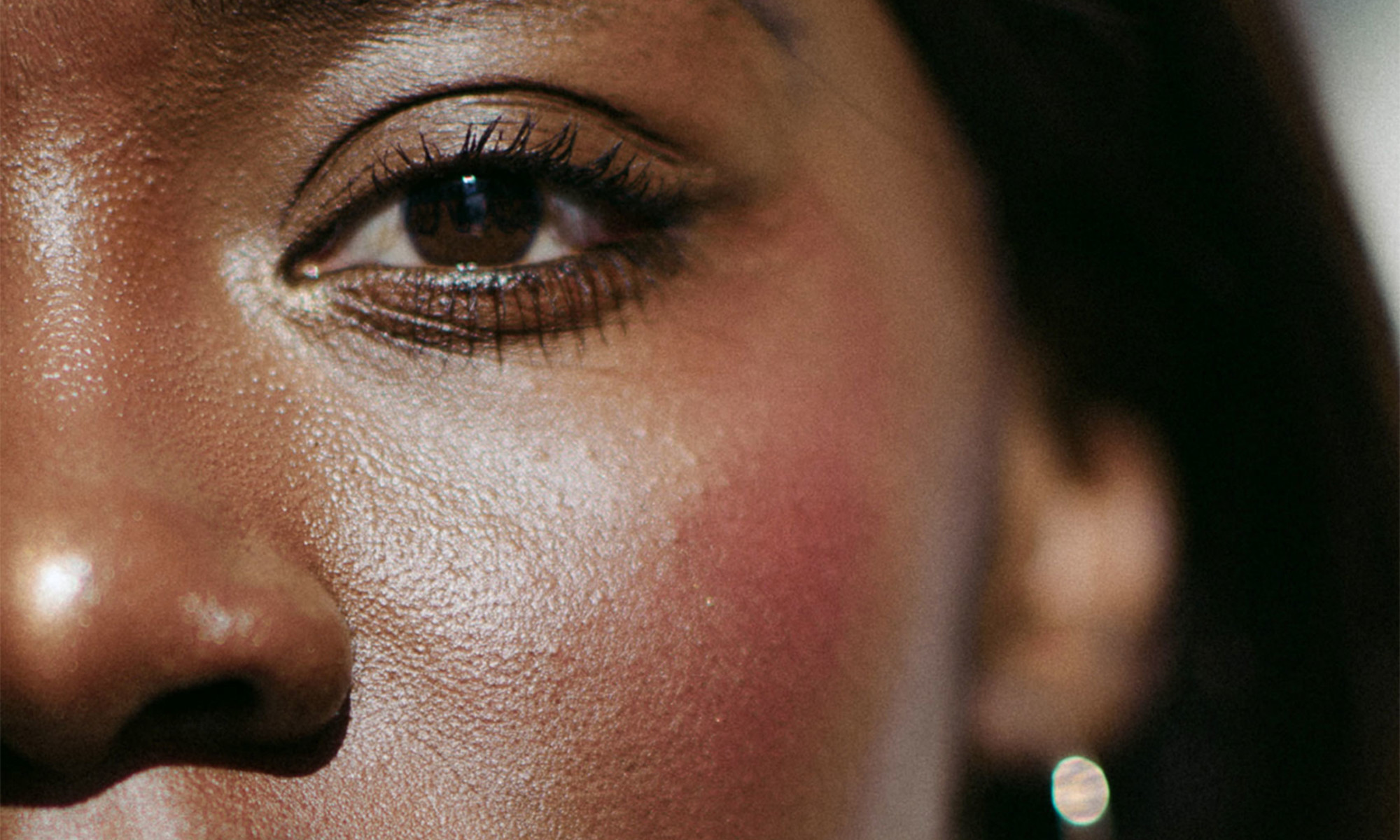Fortnite got a huge face-lift in chapter 4
Fortnite. | Image: Epic GamesFortnite: Chapter 4 introduced a new island to the long-running battle royale game, but the most important change might actually be under the hood. As part of the update, the game moved to Unreal Engine...
/cdn.vox-cdn.com/uploads/chorus_asset/file/24276687/UE_5.1_x_Fortnite___gameplay_still_1.png)
Fortnite: Chapter 4 introduced a new island to the long-running battle royale game, but the most important change might actually be under the hood. As part of the update, the game moved to Unreal Engine 5.1, which might not sound like a big deal, but it means that Fortnite is now taking advantage of some of the lofty visual features Epic has been talking about since UE5 debuted (so long as you’re playing on a PS5, Xbox Series X / S, or high-end PC, that is). It’s a lot of fancy words, but the gist is that this five-year-old game is now one of the best showcases for next-gen hardware.
As part of the upgrade, Fortnite now supports Unreal tools like Nanite (more detailed geometry), Lumen (better lighting and reflections), and Virtual Shadow Maps (better... well, shadows). That’s a lot of jargon, but it means that the cartoony world of Fortnite now looks much more lifelike. There’s a greater degree of detail because every brick wall or blade of grass is modeled individually, and light and shadows fall on the world in a more lifelike way. The new island provides plenty of opportunity to show this off: icy fields and large lakes where you can see the sun reflecting off or bunkers with skylights and doorways that let light filter in.
According to Nick Penwarden, VP of engineering for the Unreal Engine, work on the update started around the beginning of this year. One of the biggest issues, he says, is just how much stuff there is. “One of the challenges with doing a visual update to a game like Fortnite is there’s a lot of content already in the game,” he explains. “I think the biggest challenge is really having that entire library of existing content and trying to bring everything forward.”
He also says that the tools freed up the artists and designers working on chapter 4 to try new things. “We tended to avoid anything that looked like a smooth surface that would have a mirrored reflection,” Penwarden explains. “So as part of the art rework and thinking about how to design and set dress new areas, the environment art team was more free to actually put in reflective materials and know that they’re going to be well represented in the game that we ship.”
As one of the most popular games in the world, Fortnite has become the preeminent showcase for Epic’s game-making tools. But it’s also very different from traditional video game engine tech demos, which have historically focused on more photorealistic visuals. Fortnite, in contrast, is a bright and colorful game where bananas can wield lightsabers to fight Ariana Grande. But Penwarden says that, popularity aside, Fortnite is perhaps an ideal way to show off some of UE5’s tech.
A brick wall before and after the UE5.1 update.
It takes a lot of triangles to render a Fortnite tree.
“Taking a stylized look and applying techniques for photorealism still allows us to create a more beautiful image that has its own style and its own look,” he explains. “I think also the dynamic nature of the game made it a really great use case for this technology. Dynamic global illumination, for instance, really shines when you have a game where interiors can change, buildings can be destroyed, you can build new buildings, and the time of day is constantly moving. You knock down a wall in Fortnite and you can see sunlight flood into the space. You erect walls around you and suddenly you’re enclosed in darkness. And so we can actually represent these spaces at much higher fidelity.”
As good as Fortnite looks now, Penwarden believes there’s still a lot more that Epic — and other game developers (many of whom are already utilizing UE5) — can do with current hardware to improve things. “I think every time we make a push, we learn more how we can utilize the hardware more effectively,” he says. “I expect that we’ll continue to see improvements in visual quality over the next couple of years as we refine techniques, find new optimizations, and find new ways to build content to take advantage of the hardware.”

 Kass
Kass 






























